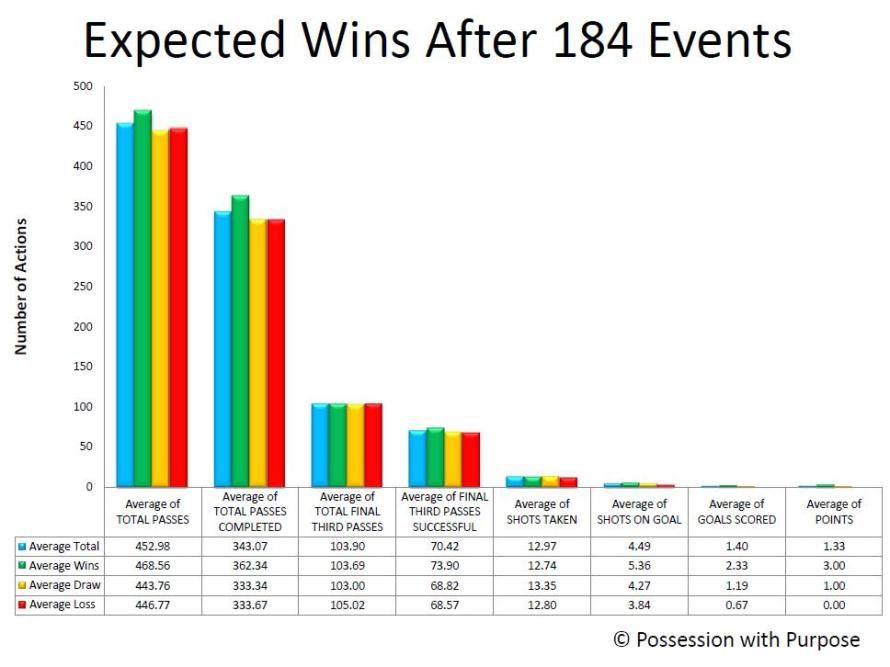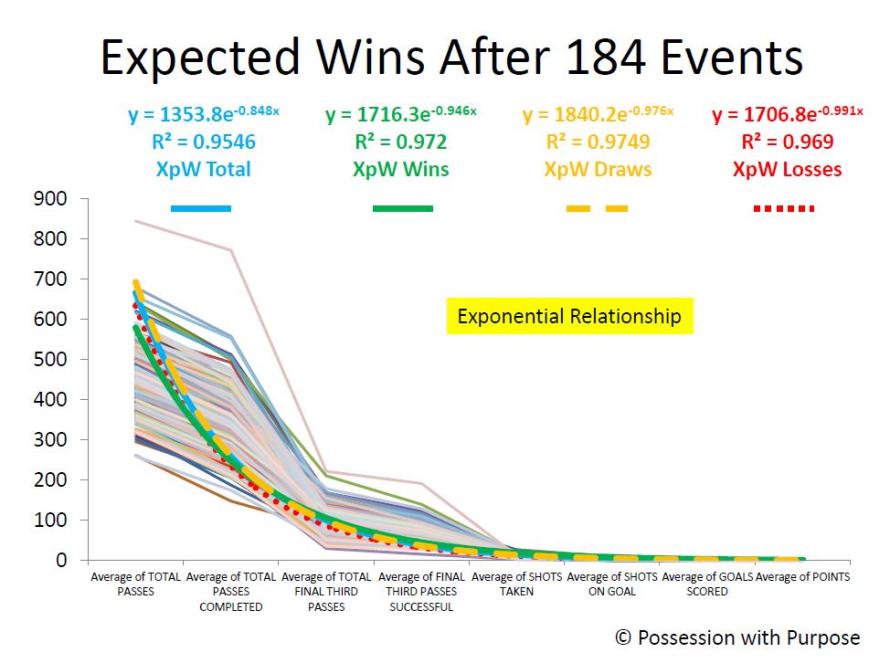The Manaus Effect
/During the United States' game against Germany on Thursday, it was hard to go 10 minutes without hearing Ian Darke or Taylor Twellman mention Manaus and its effect on the players. The US Men's National team played its previous game against Portugal in the "Jungle City," as did Italy, England, Croatia and Cameroon, before each dropping three points in their next games.
Business Insider pointed out that those first four teams to play in Manaus lost by a combined score of 10 - 3, though it conceded the tiny sample size. A Washington Post article cited the same statistics, and pondered the possibility of a curse in Manaus. The Independent, based in the United Kingdom, noted on June 24th that each of the seven teams that played in Manaus lost its next game. That was confusing since only six teams had played in Manaus to that point, and only four of those had actually played a "next game." But whatever. #stats Graham Zusi, Sporting Kansas City's All-star midfielder and starter for the USMNT, wasn't having any of it, stating "I don’t think it was that bad to be honest. When it got down to it, at night it cooled off and the humidity wasn’t as bad. I think after about 24 hours the bodies felt great." Hugh Laurie would tell us that everybody lies, especially athletes on record, but there might be something to Zusi's statement. Below is a chart depicting the average temperature, humidity and heat index for each game site. The weather stats were taken from Weather Underground at the beginning of the second half of each game.
| City | Games | Temp | Humidity | Index |
| Fortaleza | 4 | 82.4 | 62% | 85.4 |
| Salvador | 4 | 80.2 | 73% | 83.5 |
| Manaus | 4 | 79.3 | 81% | 82.1 |
| Natal | 4 | 78.5 | 83% | 80.7 |
| Cuiaba | 4 | 78.4 | 66% | 79.1 |
| Brasilia | 4 | 77.5 | 43% | 78.7 |
| Sao Paulo | 4 | 69.4 | 55% | 78.3 |
| Belo Horizonte | 4 | 76.1 | 40% | 77.8 |
| Recife | 4 | 77.5 | 86% | 77.8 |
| Rio De Janeiro | 4 | 75.7 | 71% | 76.6 |
| Porto Alegre | 4 | 65.8 | 71% | 75.5 |
| Curitiba | 4 | 64.0 | 79% | 71.5 |
It's reasonable to theorize that more extreme environments take their toll on the human body, even professional athletes. But if we're going to get serious here, we need to consider all locales that were exceptionally uncomfortable. Manaus actually ranked third in average heat index, and had a lower average humidity than fourth-place Natal. Italy and England were the first to play in Manaus on June 14th and sparked the notion that it was a hell hole. But while they were duking it out in Manaus, Costa Rica and Uruguay were playing in Fortaleza, number one on that list up there. Though it was less humid to start the second half in Fortaleza, it was actually hotter, and Fortaleza's halftime heat index beat that of Manaus by a few points, 87.3 to 84.6.
It turns out that teams which most recently played in Natal, Salvador or Fortaleza---the other three extreme locations---did alright. Those teams outscored their opponents by a combined five goals. That makes it hard to believe that the conditions of Manaus were responsible for the downfalls of Italy, England and Croatia, though that still leaves the possibility of a non-weather-related curse.
To make this a legit study, there are some other factors we need to control for, and that is why God invented linear regression. Using ESPN's (Nate Silver's) Soccer Power Index, I controlled for each team's overall ability, and then I measured the effects of extra rest and past-game heat index on the goal differential outcome. The output is below:
| Variable | Estimate | P-Value |
| Intercept | -0.37 | 15.8% |
| SPI Ratings Differential | 1.01 | 0.1% |
| Additonal Days Rest (home) | -0.21 | 68.1% |
| Heat Index Differential | 0.01 | 74.3% |
If you're not a linear regression kind of person, then basically what that chart up there says is that neither the heat index of the teams' past games nor any rest discrepancy seemed to matter during this tournament. At least not in terms of goal differential. But we know that goal differential is finicky, and Expected Goals are a better indicator of team performance. Good thing we've got our World Cup Expected Goals data up and running! If we measure team performance by some Expected Goal Differential statistics (xGD), then we get these linear regression outputs:
| Expected Goal Diff | Estimate | P-value | Even Expected Goal Diff | Estimate | P-value |
| Intercept | -0.06 | 61.9% | Intercept | 0.01 | 88.4% |
| SPI Ratings Differential | 0.46 | 0.1% | SPI Ratings Differential | 0.34 | 0.2% |
| Additional Days Rest (home) | 0.13 | 57.0% | Additional Days Rest (home) | 0.17 | 37.0% |
| Heat Index Differential | 0.00 | 79.7% | Heat Index Differential | 0.00 | 86.3% |
Again, regardless of whether we look at overall xGD or even-gamestate xGD, there are no statistically significant effects due to extreme heat index figures from past matches. Expected Goals data are obviously not a direct measurement of how heat impacts the athletes' bodies, but they should be a stable representation the teams' relative strengths during a match.
The Swiss were the last team (that is still in the tournament) to play in an 80+ heat index environment, but I wouldn't expect that to matter much based on what I've shown above. What will matter is that Argentina is much better. Talent has trumped the heat index so far this World Cup.














